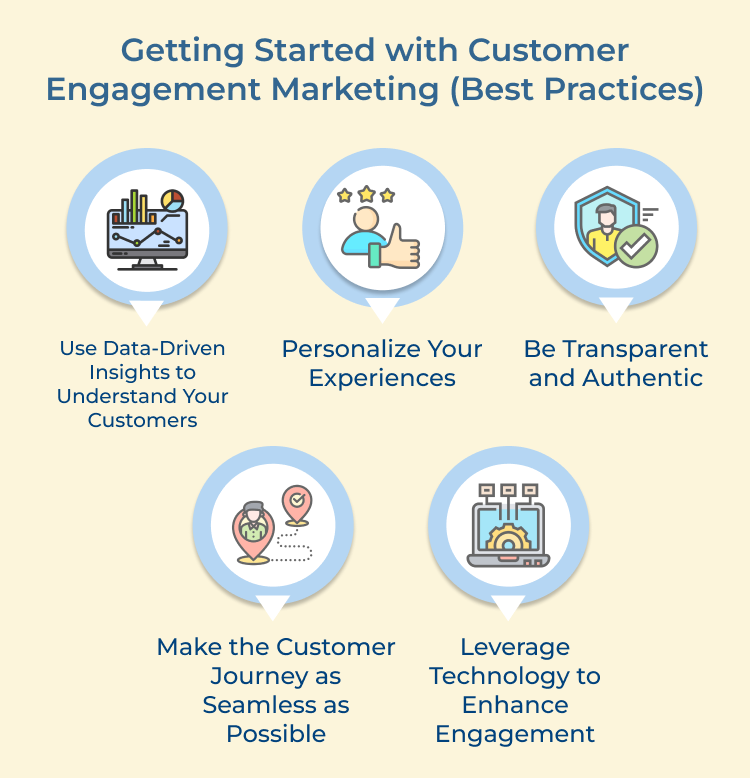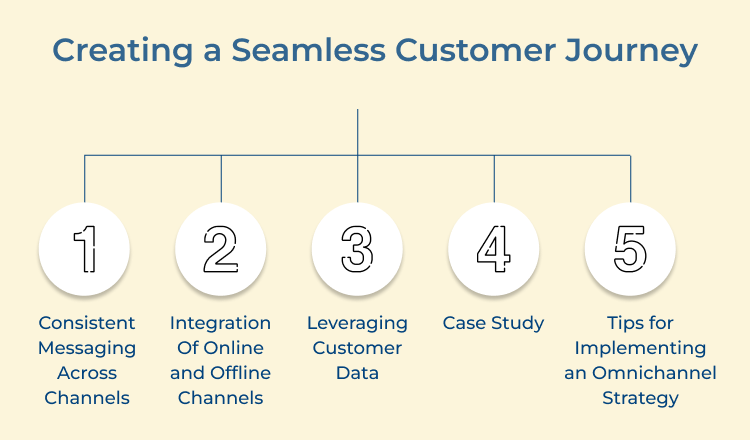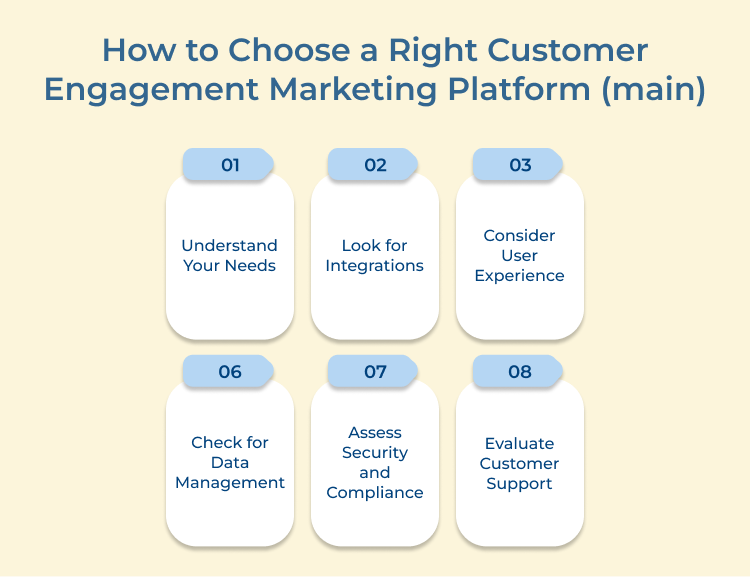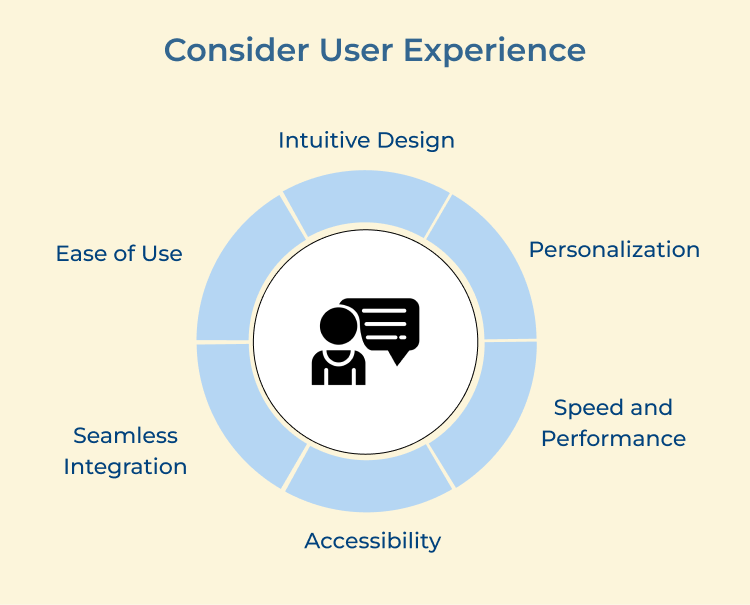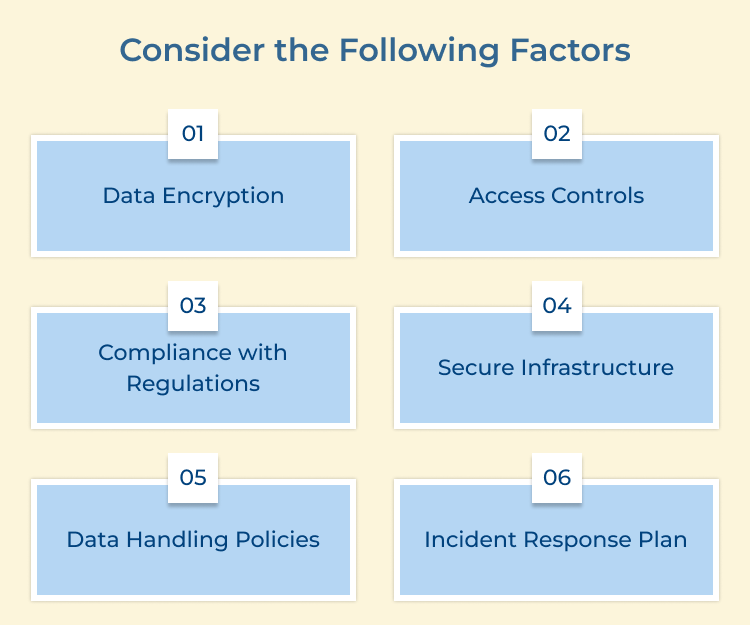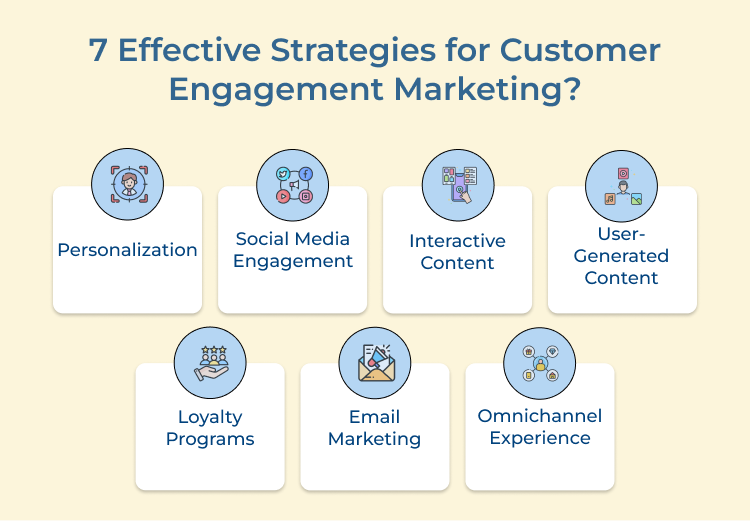However, there are several challenges that businesses must avoid if they want to succeed.
- Not having a clear understanding of your target audience can prevent you from creating relevant and personalized messages that resonate with your customers.
- Failing to use data effectively can result in wasted resources and irrelevant messaging, as well as missed opportunities to improve customer experience.
- Ignoring the importance of mobile optimization can limit your reach and engagement potential, particularly as more customers rely on smartphones for online interactions.
- Not investing in the right tools and technology can hinder your ability to effectively analyze customer data, as well as automate communication and follow-up processes.
- Lack of consistency across channels can create confusion and frustration for customers, who expect a seamless experience across all interactions with your brand.
- Overuse of marketing automation can lead to a lack of personalization and a poor customer experience, particularly if customer needs are not taken into account.
Customer Engagement Marketing Examples
Successful customer engagement requires innovative and interactive campaigns driven by customer interactions.
Here are three main examples of successful campaigns by reputed brands.
1. Spotify
Spotify’s “Wrapped” campaign has been a successful customer engagement strategy campaign. The campaign aimed to engage Spotify users by providing them with personalized insights into their music listening habits throughout the year.
The data provides the view of their most-streamed songs, top artists, and playlists from the previous year. Also, share their personalized experiences with friends on social media. The campaign’s success centered on offering customers personal recommendations based on their tastes, providing them with a sense of ownership, and building brand loyalty.
2. Tesla
Tesla is a well-known electric car brand and they have mastered the art of customer engagement marketing. They have built a strong community of electric car enthusiasts by providing a place where customers can come together and share their experiences.
They have implemented a referral program that rewards existing customers for referring their friends and family to Tesla. It has not only helped them in increasing their customer base but has also created a sense of loyalty among their customers.
3. Taco Bell
Taco Bell is a fast-food chain that has not only mastered the art of customer engagement marketing but also has a unique branding approach. They have launched various marketing campaigns around their products, such as the Doritos Locos Tacos, which was a collaboration with Doritos.
They have also launched a mobile app that rewards customers for their purchases, providing a sense of loyalty towards the brand. Taco Bell is also known for its creative marketing campaigns, such as the “taco emoji” campaign, where they asked customers to tweet a taco emoji to receive a free taco.
Effective Consumer Engagement Marketing is the Foundation of Customer Success
Companies are realizing that effectively engaging with their consumers leads to customer satisfaction and builds a foundation for long-term success. It establishes a strong connection with its consumers and sets the stage for success by building trust.
Effective consumer engagement marketing enhances customer satisfaction, increases customer retention and generates valuable insights. Investing in consumer engagement marketing strategies is a worthwhile endeavor that yields significant returns in terms of customer satisfaction and business growth.


